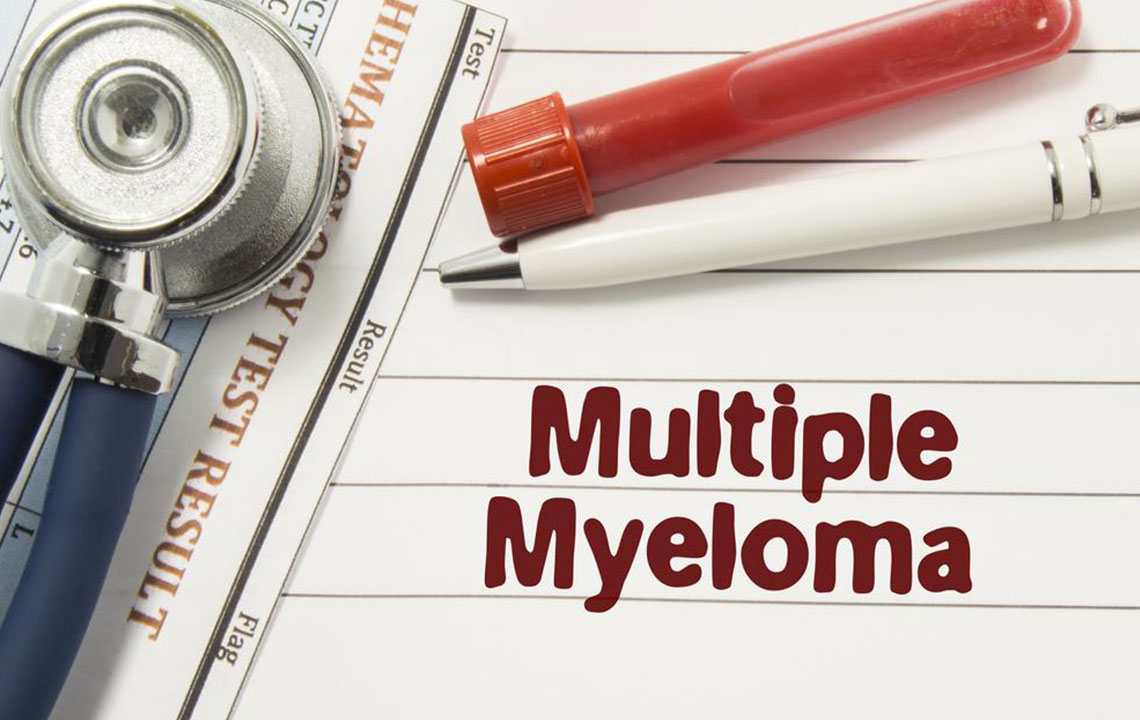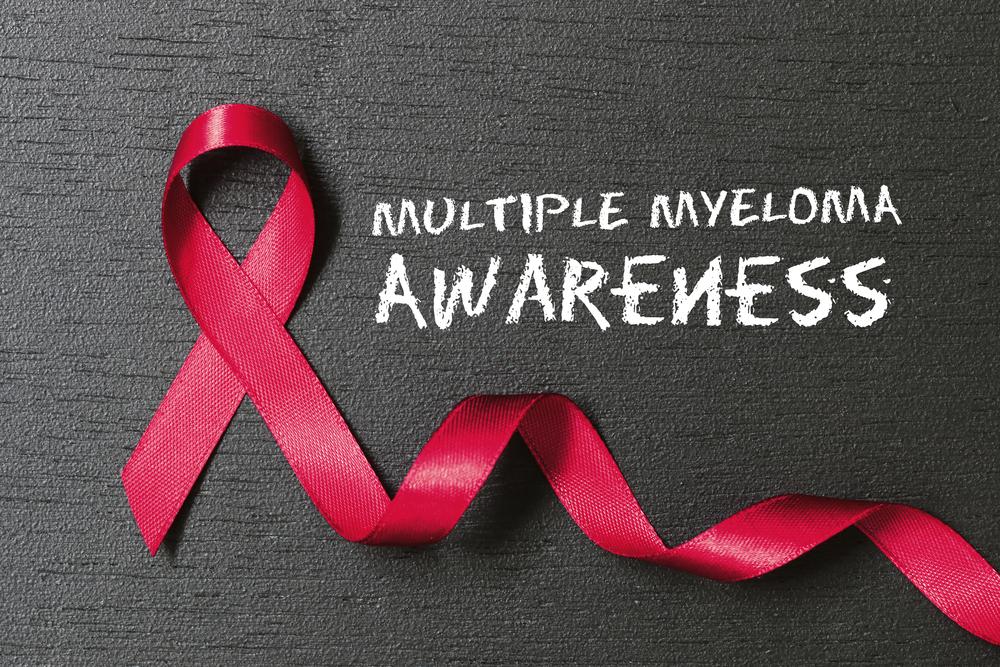Advanced Approaches to Managing Multiple Myeloma
Discover comprehensive strategies for managing multiple myeloma, including chemotherapy options like alkylating agents and supportive care measures. Learn about symptom management, treatment responses, and important precautions in this informative guide.

Managing Multiple Myeloma
Multiple myeloma is a type of blood cancer originating in the bone marrow, characterized by rapid proliferation of malignant plasma cells. Effective treatment options include chemotherapy, supportive care, and targeted therapies.
Chemotherapy
The primary treatment involves alkylating agents such as melphalan, cyclophosphamide, or chlorambucil, combined with prednisone. These medications are typically administered over 4 to 7 days every 4 to 6 weeks, continuing for 1 to 2 years. Since these drugs have similar effectiveness, doctors often prefer cyclophosphamide due to its lower side effects. Dose guidelines are: melphalan at 8 mg/m2/day, cyclophosphamide at 200 mg/m2/day, chlorambucil at 8 mg/m2/day, and prednisone ranging from 25 to 60 mg/m2/day. A significant decrease in symptoms like pain, hypercalcemia, and anemia indicates treatment success, though serum M protein reduction may take 4 to 6 weeks.
Supportive Care
To manage hypercalcemia, corticosteroids, hydration, and urinary sodium elimination are used. Combining calcitonin with corticosteroids can enhance calcium lowering. Allopurinol helps prevent urate kidney issues, and ample fluid intake promotes calcium elimination. Monitoring and treating urinary infections promptly is essential, as they are common complications in patients with multiple myeloma.
Disclaimer:
The information on this platform is for educational purposes and should not replace professional medical advice. Consult healthcare professionals for diagnosis and treatment options. The site does not guarantee the accuracy of all data and may not include all available therapies or offers.










